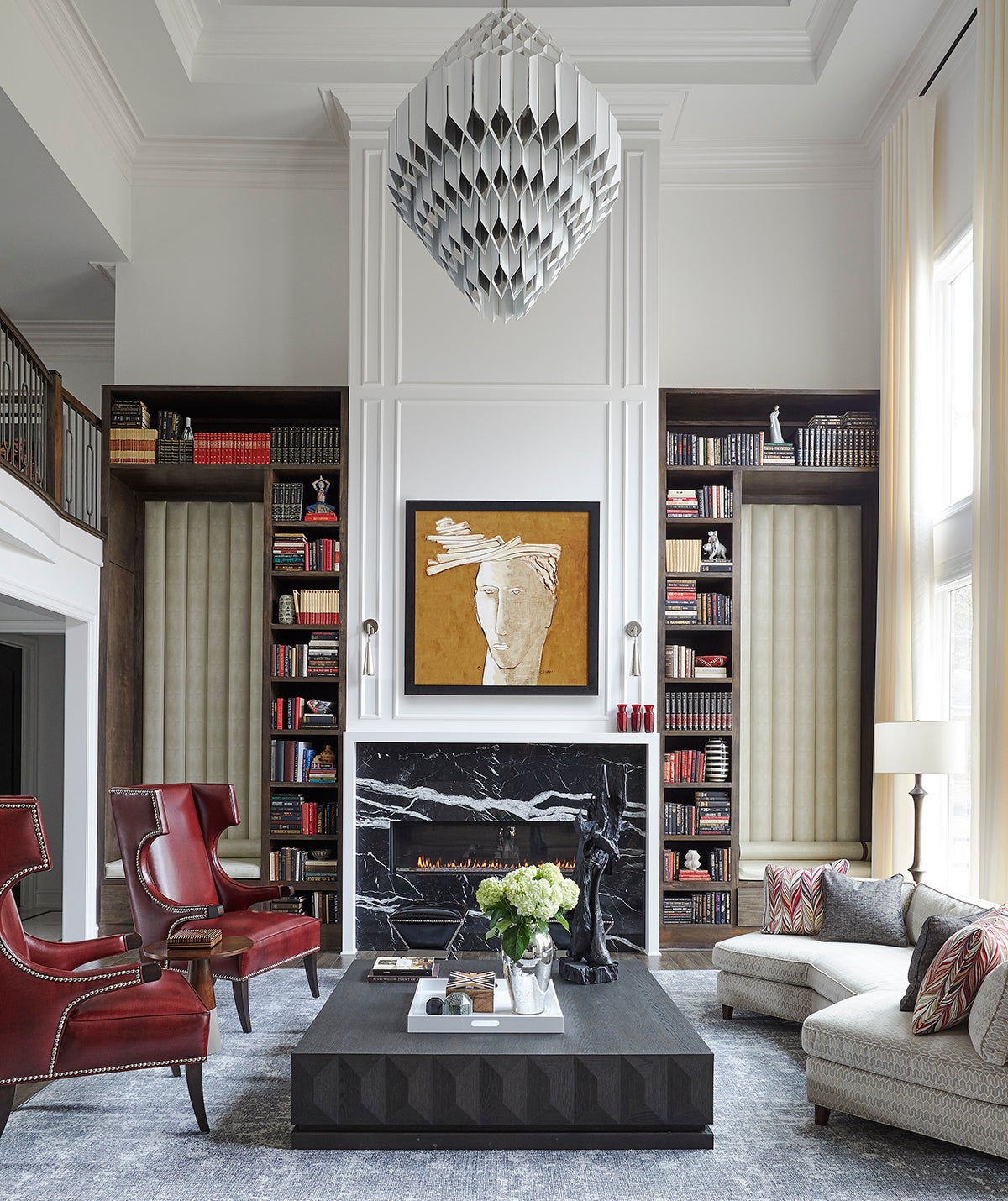If you’re feeling the pull to see your name on the shelves of your local bookstore, you’re not alone. Designers who have done it (and the teams that made it happen) talk about what it takes to push a monograph into the world.
An interior design book can be many things: a showcase of a designer’s best projects, a manifesto on their point of view, a capstone on a long career, and an undeniable indicator of a certain level of success. But it is also so much more than a forever feather in a designer’s cap; a well-received monograph can attract a new pool of clients and cement a firm’s profile on the national stage. There are no bones about it, though: Producing a design book is an intense process—not to mention a huge time commitment, and likely an equally significant financial investment. There are countless meetings with publishers; photo shoots; hours upon hours spent chatting with a co-writer, sifting through images and reviewing rounds of edits; and eventually, the requisite promotion to launch the finished product. Along the way, designers must do some soulsearching, wrestling with exactly what they want to say to the world about their careers thus far. The road to publication can take years, but the designers who’ve done it say it’s well worth the effort. Mulling a monograph of your own? Here’s a look at the typical timeline.
Figure Out If You’re Ready

BOH subscribers and BOH Insiders.










































